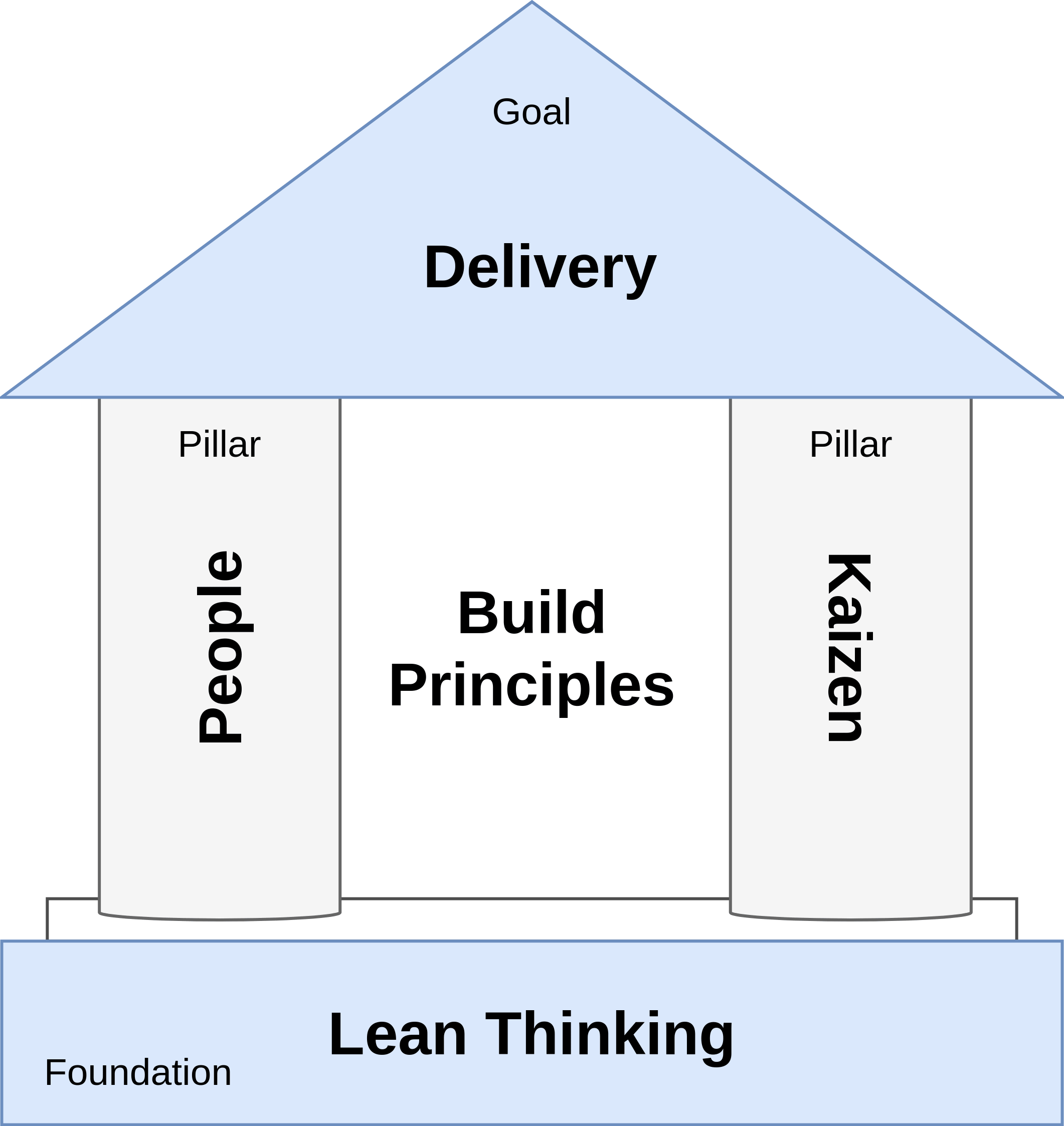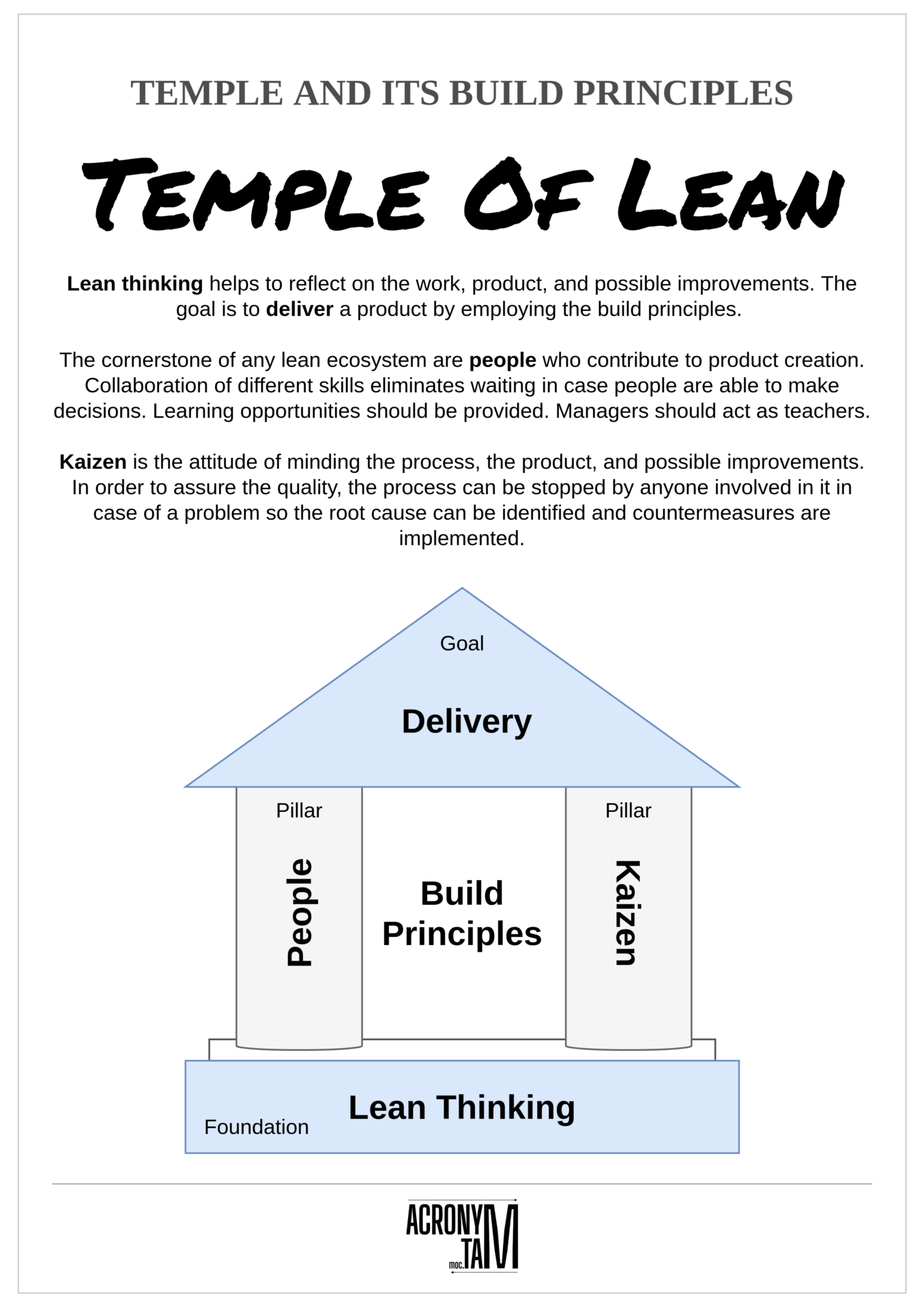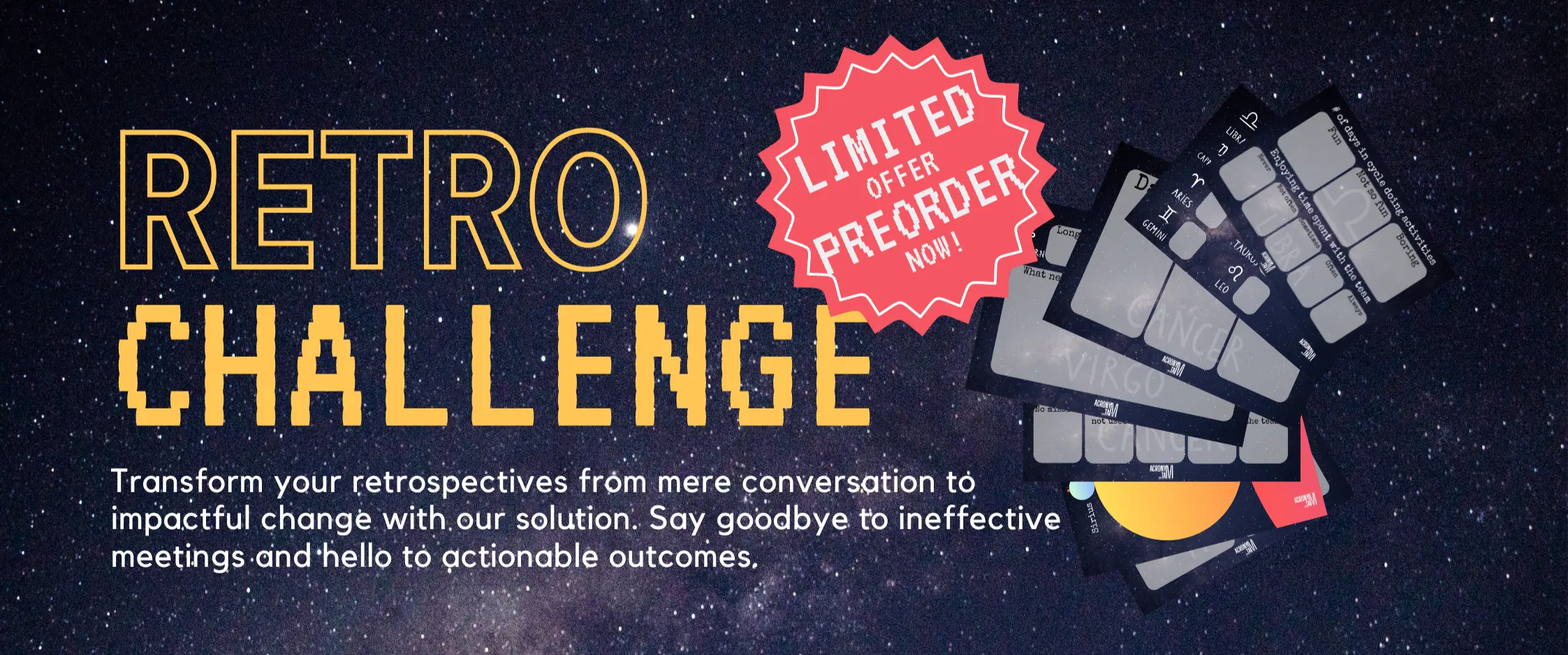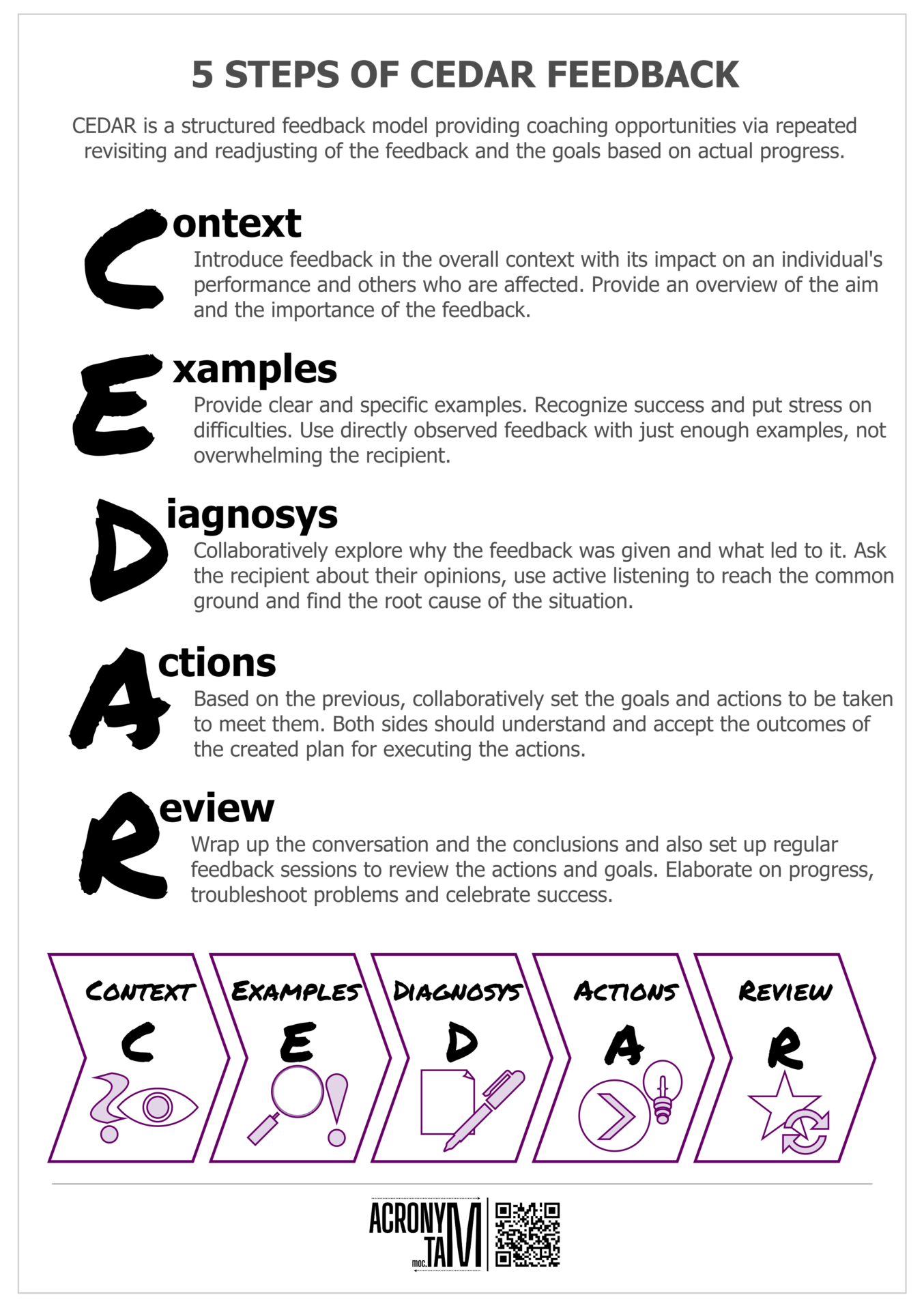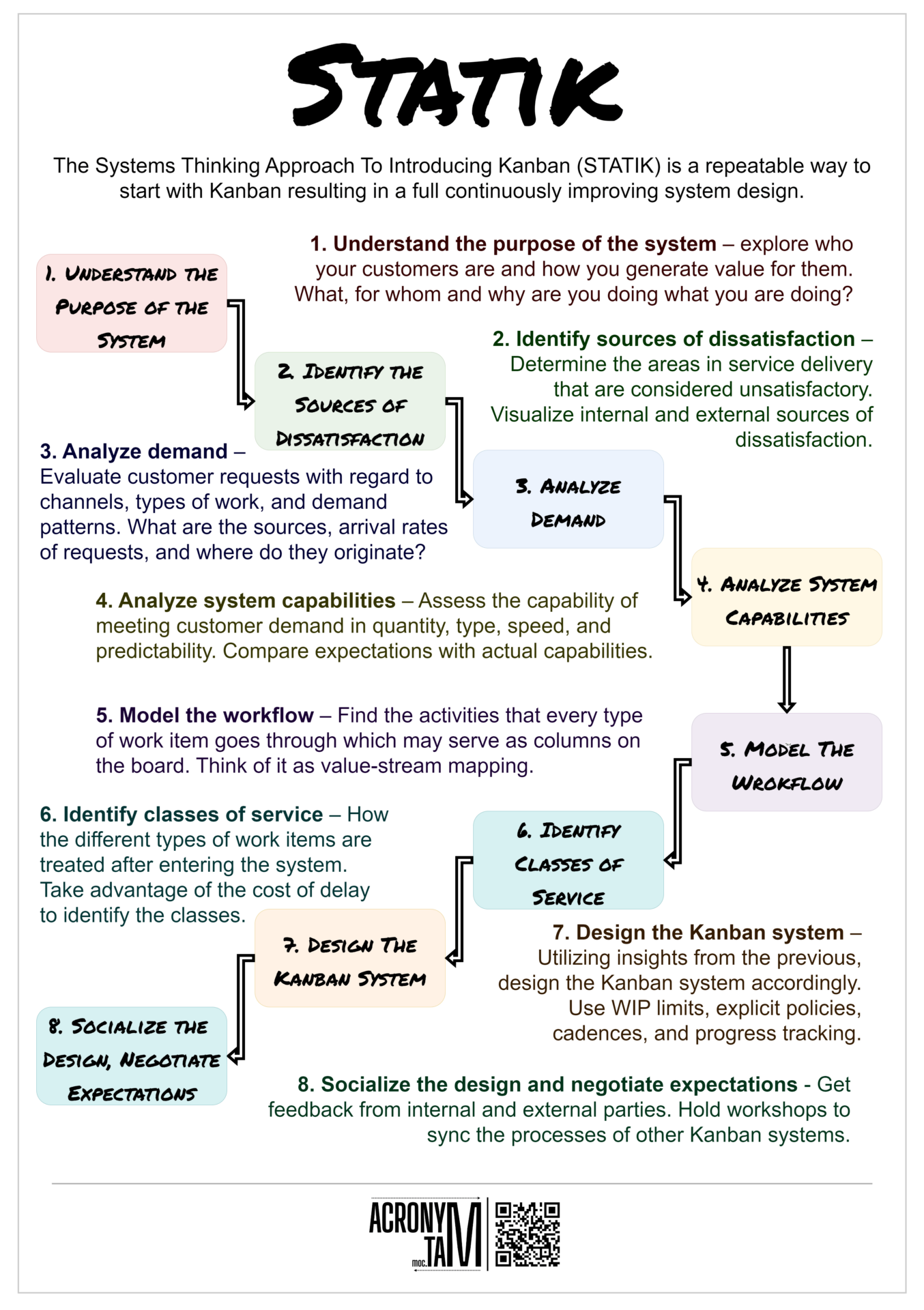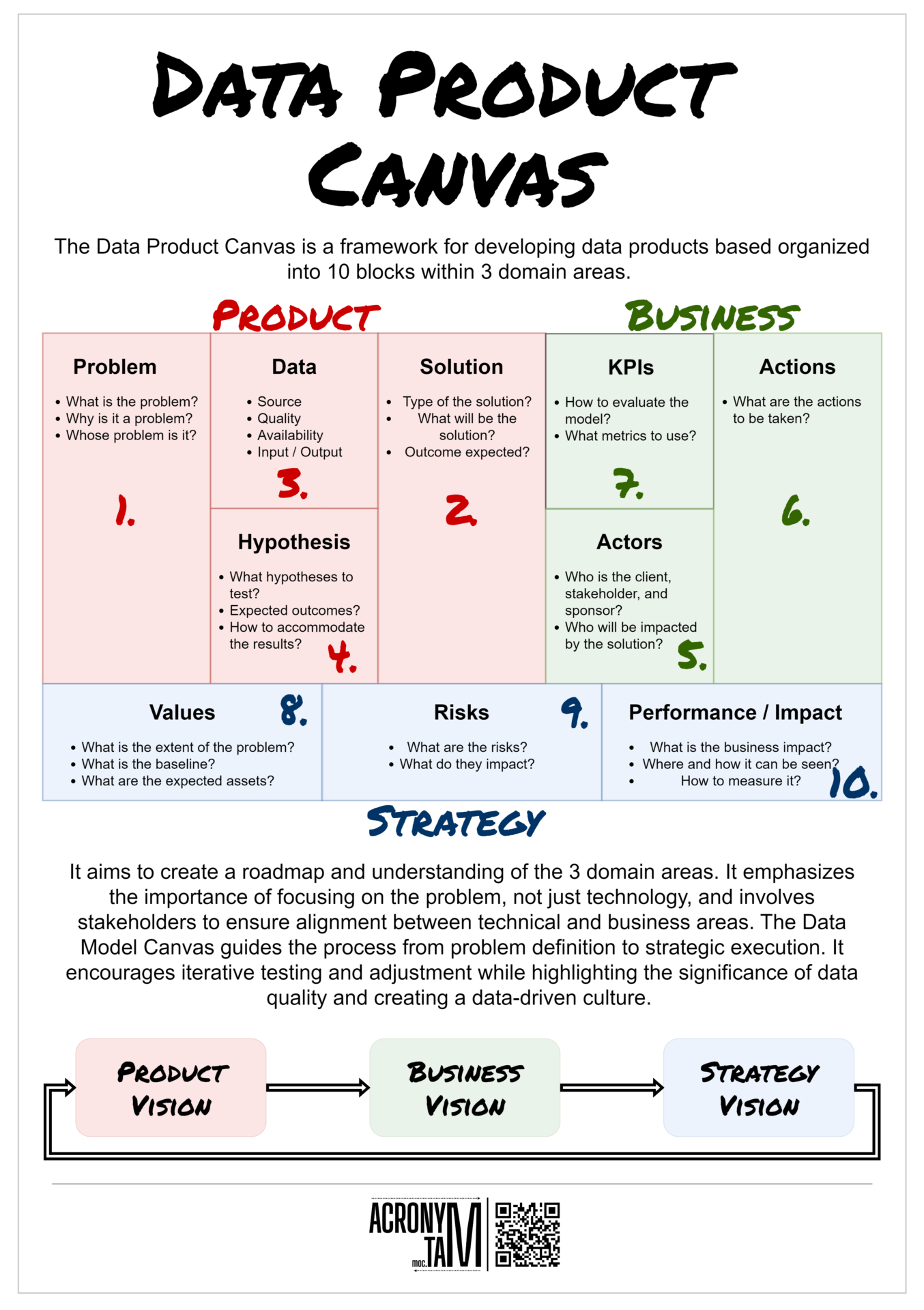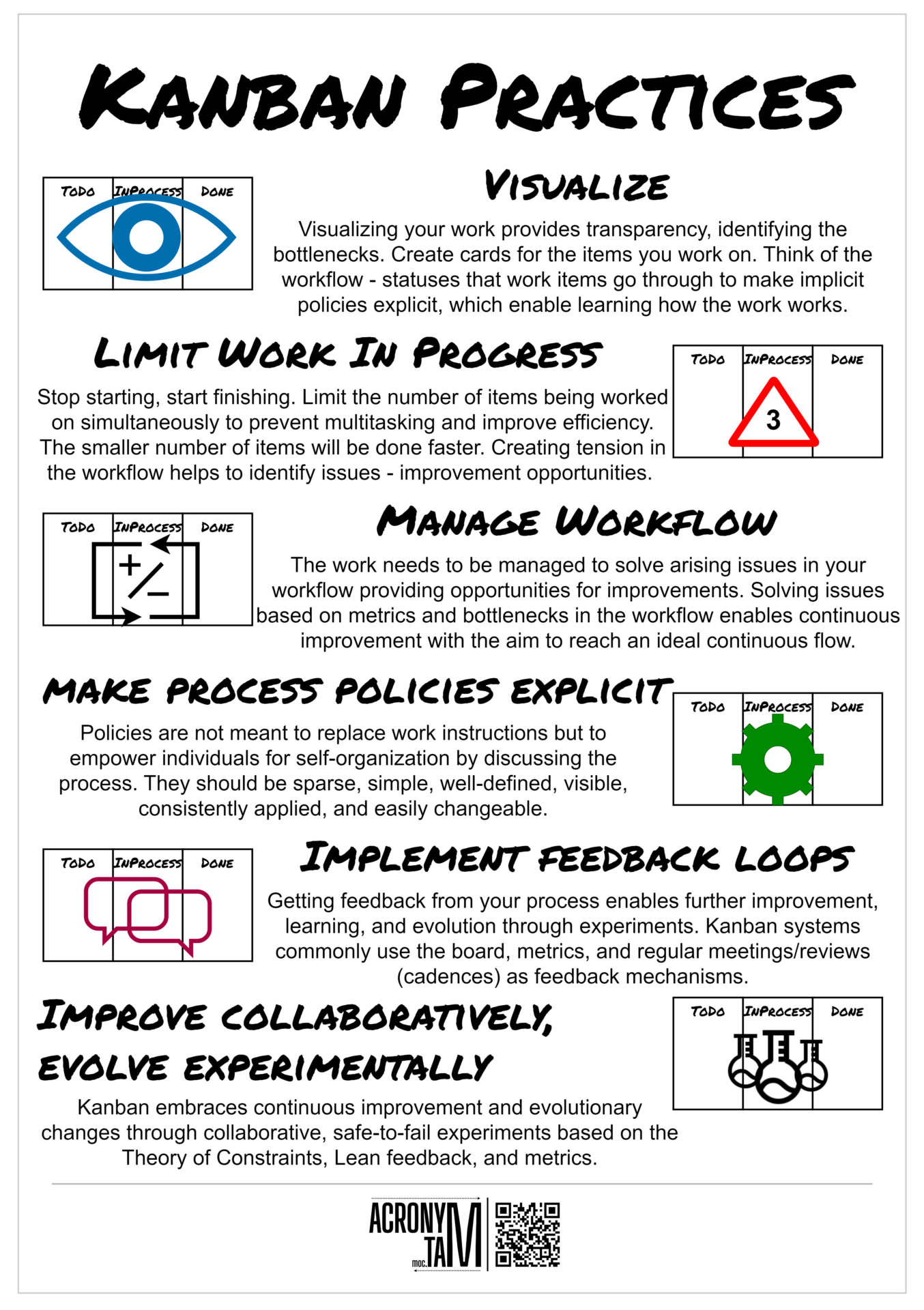Article
Lean Thinking – The Temple of Lean
Lean thinking helps to reflect on the work, product, and possible improvements. The goal is to deliver a product by employing the build principles.
The cornerstone of any lean ecosystem are people who contribute to product creation. Collaboration of different skills eliminates waiting in case people are able to make decisions. Learning opportunities should be provided. Managers should act as teachers.
Kaizen is the attitude of minding the process, the product, and possible improvements. In order to assure the quality, the process can be stopped by anyone involved in it in case of a problem so the root cause can be identified and countermeasures are implemented.
